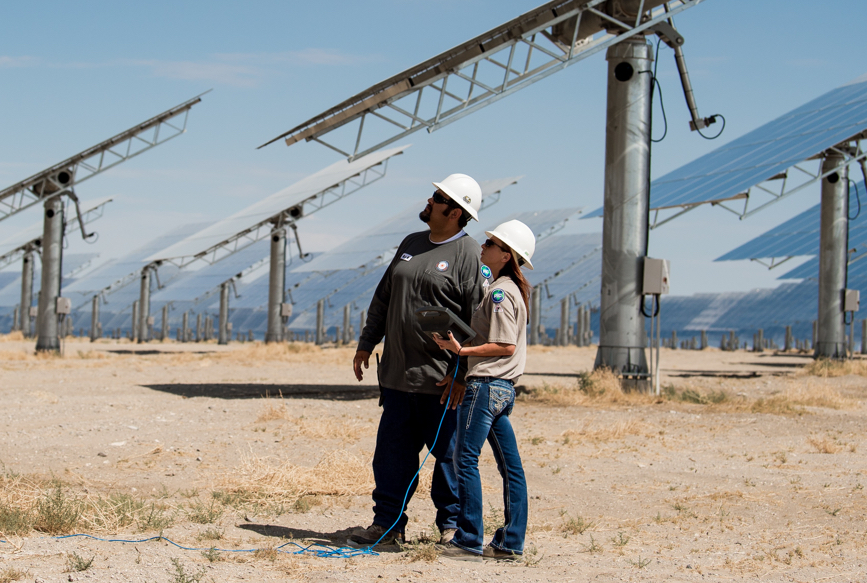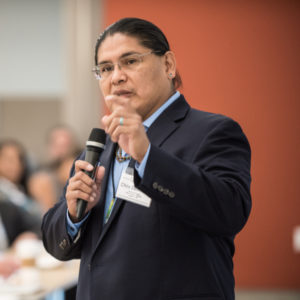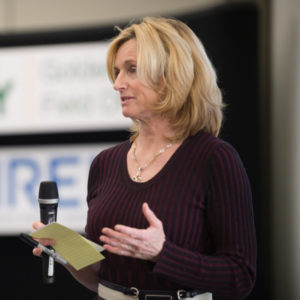Our Mission
Energy Action Fund advocates for a clean and equitable energy future to tackle the climate crisis
Our strategy aims to support clean energy advocates, achieve significant legislative wins, and accelerate the transition to a clean energy economy.


We promote policies that drive innovation and reduce carbon emissions
We deliver results by empowering local advocates, executing accountability campaigns, and building bipartisan policymaker support to influence energy policy in the U.S. Energy Action Fund concentrates its resources with powerful voices for clean energy in venues across the U.S., at all levels of government.



